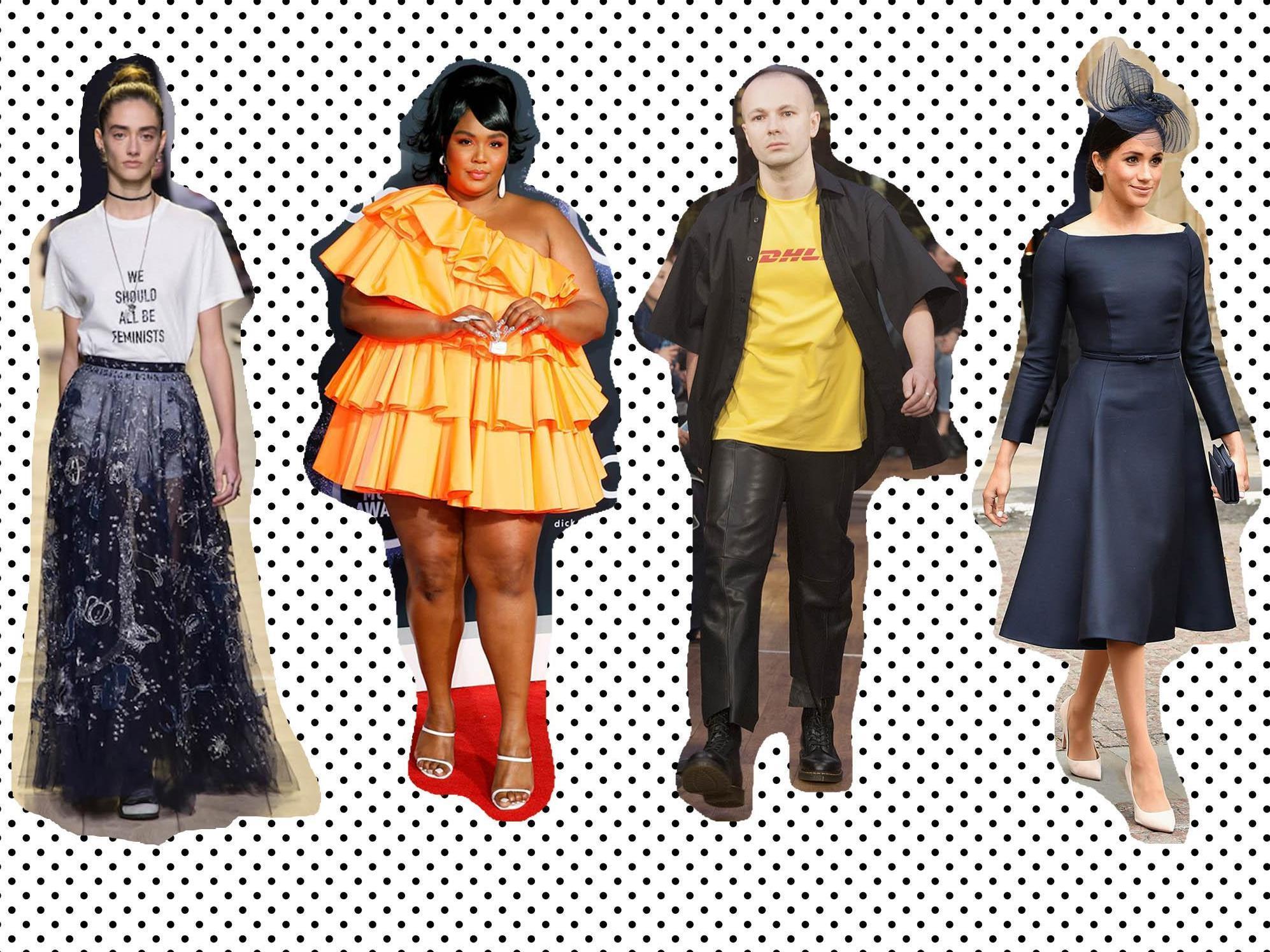Fashion trends that defined the decade, from millennial pink to normcore and the streetwear revival
As 2020 nears, we look back at some of the standout trends from the last 10 years

Your support helps us to tell the story
From reproductive rights to climate change to Big Tech, The Independent is on the ground when the story is developing. Whether it's investigating the financials of Elon Musk's pro-Trump PAC or producing our latest documentary, 'The A Word', which shines a light on the American women fighting for reproductive rights, we know how important it is to parse out the facts from the messaging.
At such a critical moment in US history, we need reporters on the ground. Your donation allows us to keep sending journalists to speak to both sides of the story.
The Independent is trusted by Americans across the entire political spectrum. And unlike many other quality news outlets, we choose not to lock Americans out of our reporting and analysis with paywalls. We believe quality journalism should be available to everyone, paid for by those who can afford it.
Your support makes all the difference.The 2010’s will go down in history as a period of political turmoil, cultural division and societal change — and fashion was not exempt. The growing climate crisis forced difficult questions about the sustainability of fast fashion to the surface and the human toll of consumerism was thrown into the spotlight by disasters like the Rana Plaza factory collapse in 2013, all set to a backdrop of increasing concern over the future of the bricks and mortar British high street.
In 2010 only 17 per cent of shopping was done online, seven years later fashion powerhouses Mulberry and Burberry deemed social media influential enough that they live-streamed all of their AW17 catwalk London Fashion Week shows to audiences of thousands on Instagram. And it wasn’t just the established brands utilising online platforms — the decade also saw the rise of the influencer, capable of reaching thousands and driving trends and sales alike.
The decade also saw the loss of several fashion greats. In February 2010 the fashion world was rocked by the suicide of Alexander McQueen. In 2016, British designer, Richard Nicoll died at the age of 39, followed by the death of Tunisian designer Azzedine Alaia in 2017. French couturier and ready-to-wear pioneer, Hubert de Givenchy, and handbag designer, Kate Spade, both died in 2018. The period came to a close with the death of Chanel’s creative director, Karl Lagerfeld, in 2019.
It also saw a number of high profile female designers take centre stage: Sarah Burton and Stella McCartney were both added to the history books when they designed Kate Middleton and Meghan Marke’s royal wedding dresses, in 2011, and 2018, respectively. While Phoebe Philo’s perfectly-crafted aesthetic at Céline had defined one of the biggest trends of the decade: feminist fashion.
Diversification of the industry, in terms of race and size, was also high on the agenda, even if not always successful. Edward Enninful took the helm at British Vogue in August 2017, choosing cover stars like hijab-wearing Halima Aden, and singer, Lizzo. The final British Fashion Award model of the year, awarded to former-child-refugee Adut Akech, whose speech on diversity received a standing ovation.
Given the decade will be remembered for milestone moments like Brexit and Donald Trump’s presidency in the USA, the fashion industry has also served plenty of light relief. Take the totally impractical, tiny 1.5 inch handbag trend sparked by Jacquemus, the creation of bejewelled Crocs, courtesy of Christopher Kane, and the ugliest New Balance dad trainers that became cool once again and led to Balenciaga’s own super versions.
Since 2010, there have been many fashion moments and movements to love (and hate), but which are the ones that really defined the decade?
Click through our gallery above to see the game-changing trends that made their mark on the fashion industry.
Join our commenting forum
Join thought-provoking conversations, follow other Independent readers and see their replies
Comments